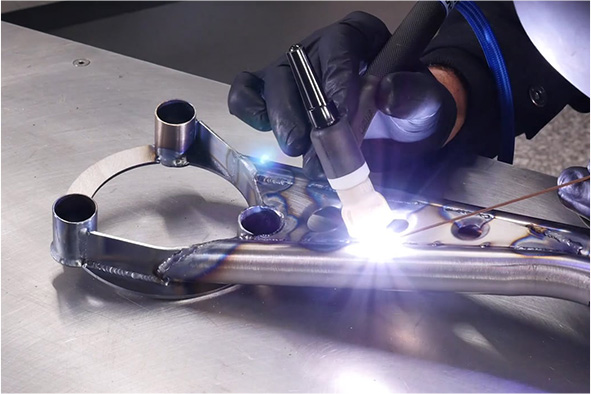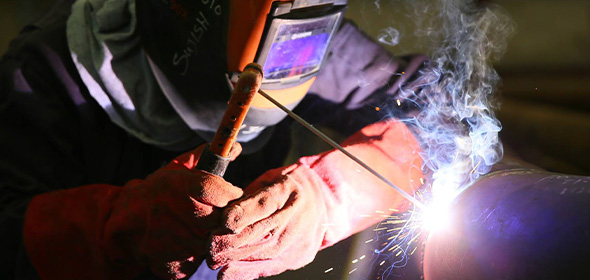THE PUREST FORM OF STEEL
Stainless steel is the term used for alloyed and unalloyed steels with a particularly high level of purity. The proportion of sulfur and phosphorus, the elements accompanying the iron, is below 0.025%. Stainless steel does not have to be rust-proof, but in daily life the term rust-free steel is generally only used to refer to stainless steel.












